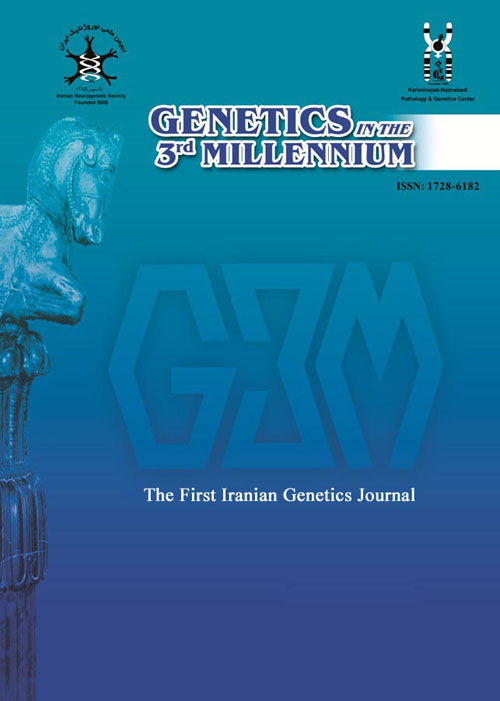B and T-cell epitopes prediction of the P40 antigen for developing Mycoplasma Agalactiae vaccine Using Bioinformatic Tools
Author(s):
Abstract:
Agalactia is a disease affecting small ruminants which is caused by a mycoplasma agalactiae. P40 protein is the most important surface antigen in mycoplasma agalactiae bacteria that can be used to design recombinant vaccine. The objective of present study was obtain the bioinformatic characteristics of p40 antigen. A wide range of on-line prediction softwares were used to predict B and T-cells epitopes, secondary and tertiary structure and antigenicity. Applied bioinformatic approaches used in this study was validated by comparing results with four different experimental epitope predictions. Bioinformatic analysis, identified B-cell epitopes located at amino acid residues 24-40, 98-114, 218-240, 251-265 and 333-350, and T-cell epitopes at amino acids 5-25, 86-105, 198-215, 143-153, 214-223 and 337-345. All final predicted B and T-cell epitopes had antigenic ability except 5-25, 98-144, 141-157, 199-215 and 333-350 residuals. Finally, bioinformatic analysis showed that these regions had proper epitopes characteristics and may be useful for developing recombinant vaccines.. Running title: Bioinformatic tools and epitopes prediction.
Keywords:
Language:
English
Published:
Genetics in the Third Millennium, Volume:13 Issue: 1, 2015
Pages:
3954 to 3961
https://magiran.com/p1388667


